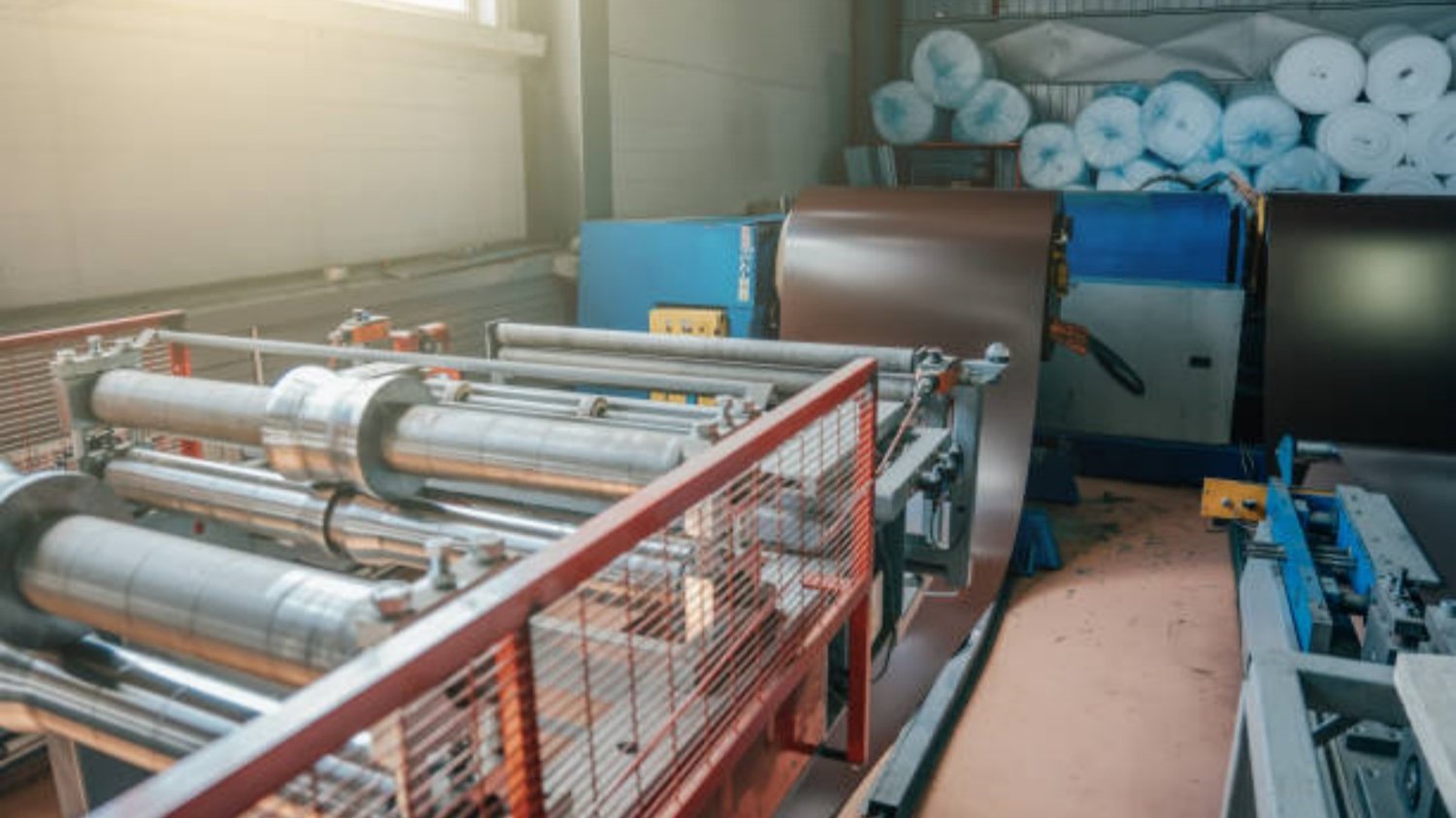The Distinction Between Roll Forming and Extrusion Explained
Introduction
Roll forming and extrusion are two common metal forming processes used in various industries. While they may seem similar at first glance, there are significant differences between the two. This article aims to shed light on these differences and provide a comprehensive understanding of roll forming and extrusion.
Understanding Roll Forming
Roll forming is a metal shaping process that involves continuous bending of a long strip of metal into a desired shape. The process typically utilizes a series of rollers, which gradually shape the metal as it passes through. Roll forming is commonly used for producing long, uniform sections with consistent cross-sections, such as metal sheets, rails, and tubes.
The Basics of Extrusion
Extrusion, on the other hand, is a process that involves pushing or pulling a material through a die to create a desired shape. This process is widely used for manufacturing products with a constant cross-sectional profile, including pipes, rods, and profiles. Extrusion can be categorized into two main types: hot extrusion and cold extrusion, depending on the temperature at which the material is processed.
Material Flow in Roll Forming
In roll forming, the material is fed into the machine and guided through a series of rollers. The rollers progressively bend the material, shaping it into the desired form. The material flow is continuous, allowing for high production rates and the creation of long sections with consistent shapes. Roll forming is ideal for producing large quantities of parts with complex cross-sections.
Material Flow in Extrusion
Extrusion, on the other hand, involves the material being forced through a die, which determines the final shape of the product. The material flow in extrusion is semi-continuous, as it is pushed or pulled through the die in discrete lengths. This process allows for precise control over the dimensions and tolerances of the final product.
Flexibility and Design Possibilities Between Roll Forming and Extrusion
Roll forming and extrusion offer different levels of flexibility and design possibilities. Roll forming is well-suited for producing long sections with consistent cross-sections, but it may be limited in terms of complex shapes and intricate details. On the other hand, extrusion allows for greater design flexibility, enabling the production of products with more intricate features and complex geometries.
Material Considerations Between Roll Forming and Extrusion
The choice between roll forming and extrusion also depends on the material being processed. Roll forming is commonly used for shaping metals, such as steel, aluminum, and stainless steel. It is particularly advantageous for materials with high strength and rigidity. On the other hand, extrusion can be used with a wide range of materials, including metals, plastics, and even food products.
Cost and Efficiency Between Roll Forming and Extrusion
When it comes to cost and efficiency, both roll forming and extrusion have their advantages. Roll forming is a highly efficient process, capable of producing large volumes of parts with minimal waste. It is ideal for high-volume production runs. Extrusion, on the other hand, may require more initial setup and tooling costs but can be highly efficient for producing complex shapes and smaller quantities.
Applications of Roll Forming and Extrusion
Roll forming finds applications in various industries, including automotive, construction, and appliance manufacturing. It is commonly used for producing components such as roofing panels, window frames, and structural sections. Extrusion, on the other hand, is widely used in industries like aerospace, automotive, and packaging. It is employed for manufacturing products like pipes, tubes, profiles, and plastic extrusions.
Conclusion
In summary, roll forming and extrusion are distinct metal forming processes with their own unique characteristics and applications. Roll forming is ideal for producing long, uniform sections with consistent cross-sections, while extrusion allows for greater design flexibility and the production of complex shapes. The choice between the two depends on factors such as the desired product, material, volume, and budget. Understanding the differences between roll forming and extrusion is crucial for selecting the most suitable manufacturing method for a given application.

